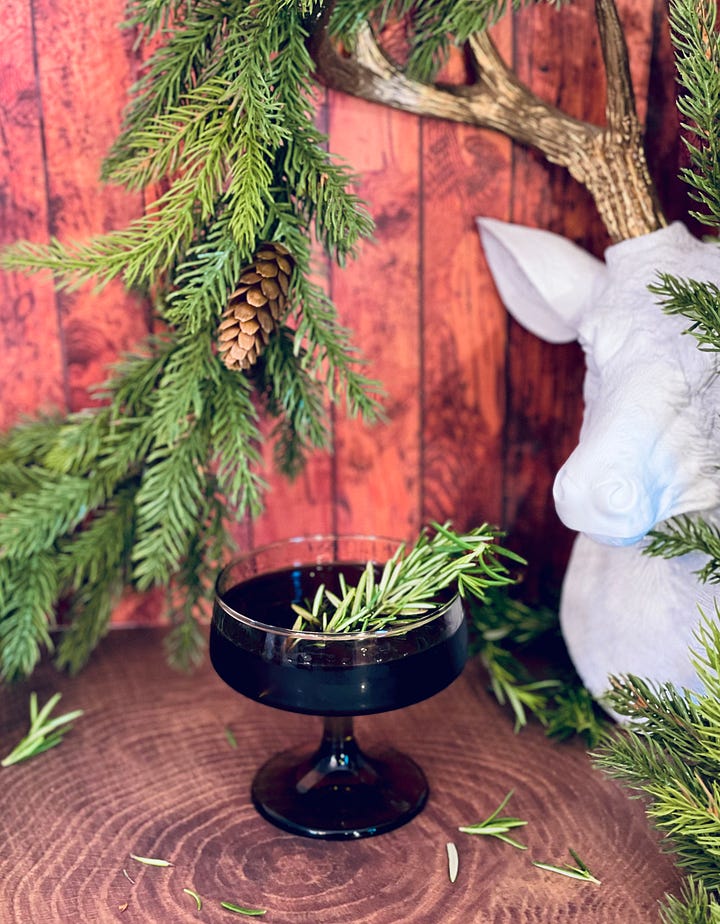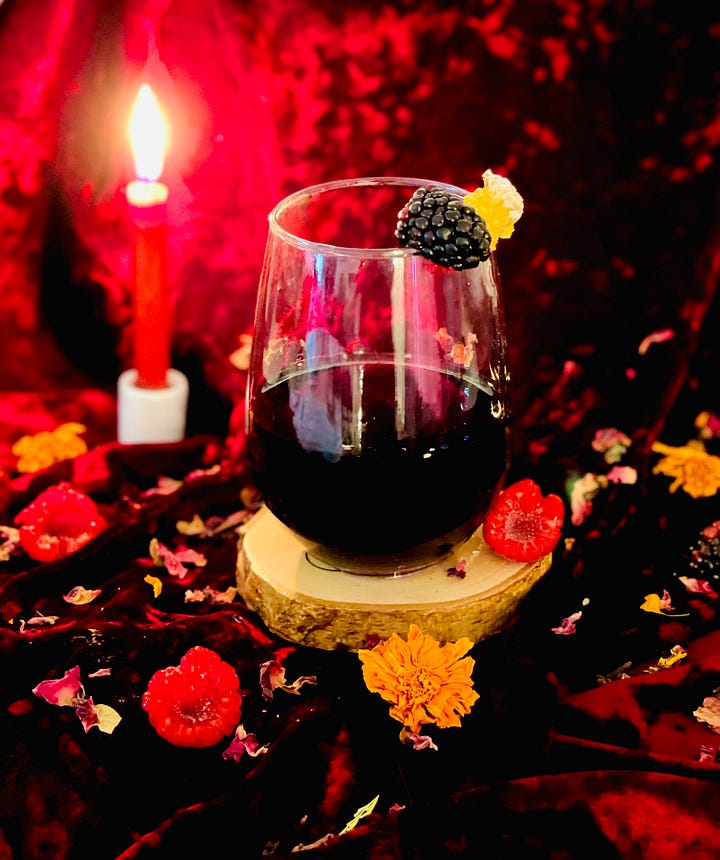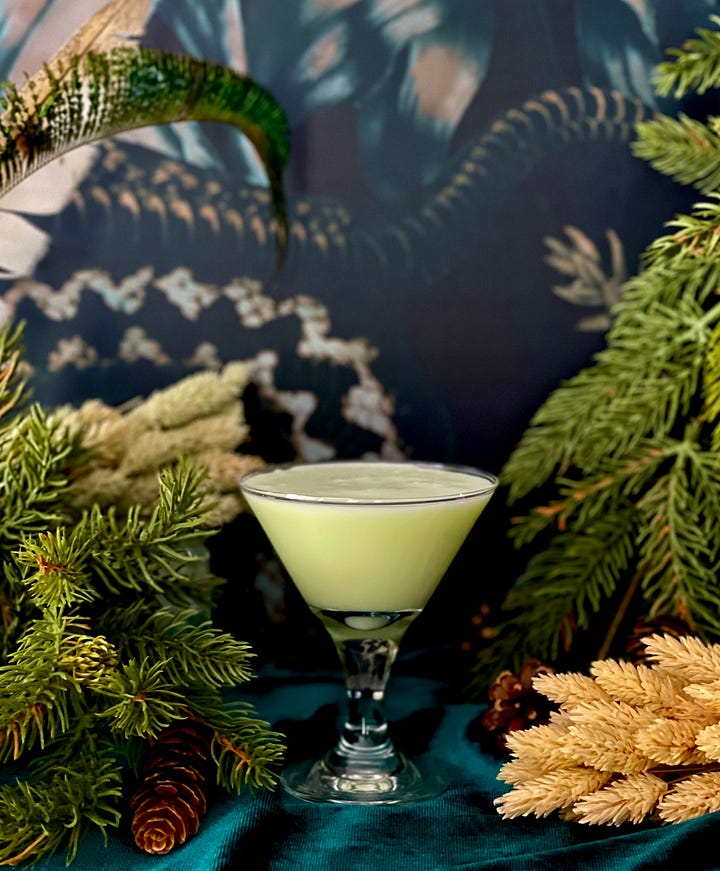Fire, flowers, and sex: what you should know about Beltane, aka May Day
Lotsa Beltane, getting personal about my next novel, plus News from the Library re: Mary Lou Buschi and Jenn Bouchard, and a booktail for ALCHEMY OF YEAST AND TEARS by Patricia Davis-Muffett!
Welcome back to The Cauldron! (Ala-ka-DAMN! Spring looks good on you!)
Don your flower crowns and break out the maypoles! It’s all about that Beltane, baby! (I tried a Meghan Trainor parody there, but “Beltane” is one syllable too many.)




Picture it: the British Isles. Everybody’s pagan, pretty much by default. On the eve of May, youths spend the day gathe…
Keep reading with a 7-day free trial
Subscribe to The Cauldron to keep reading this post and get 7 days of free access to the full post archives.




